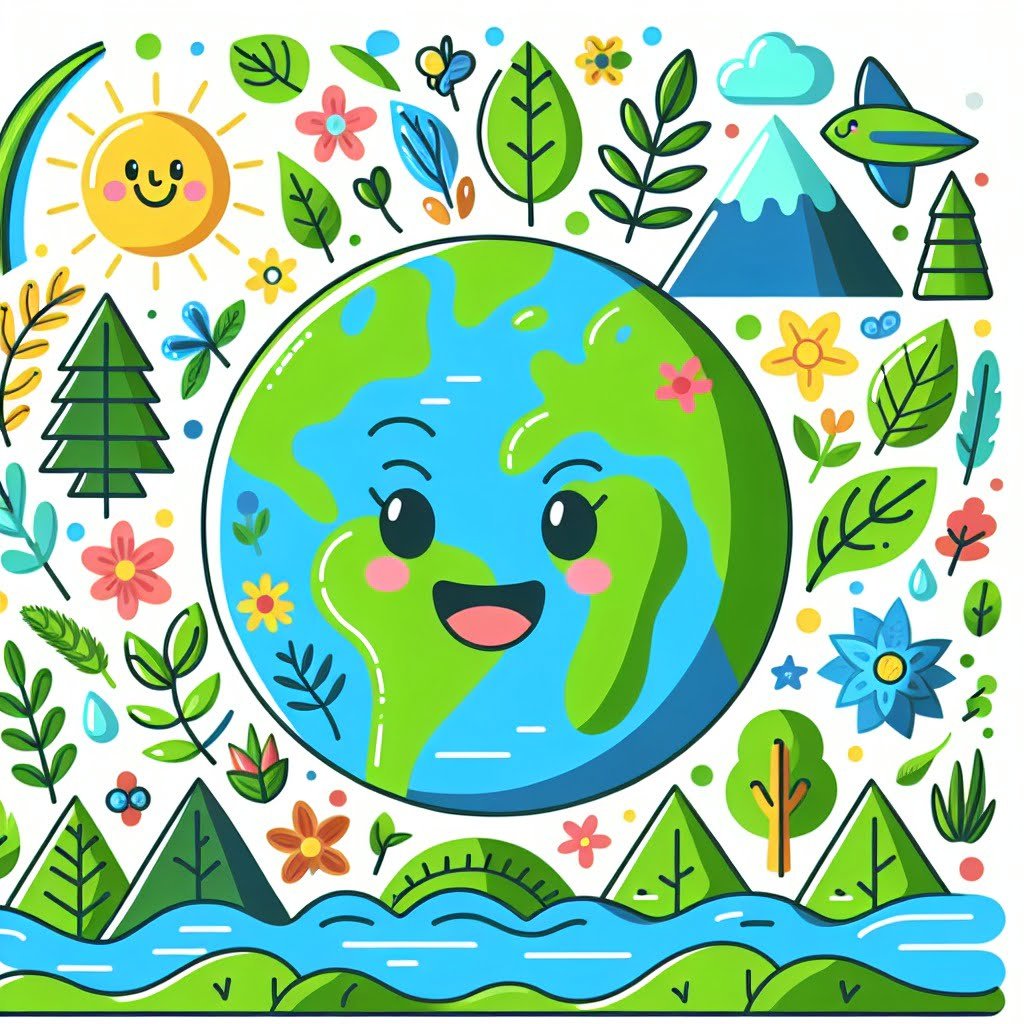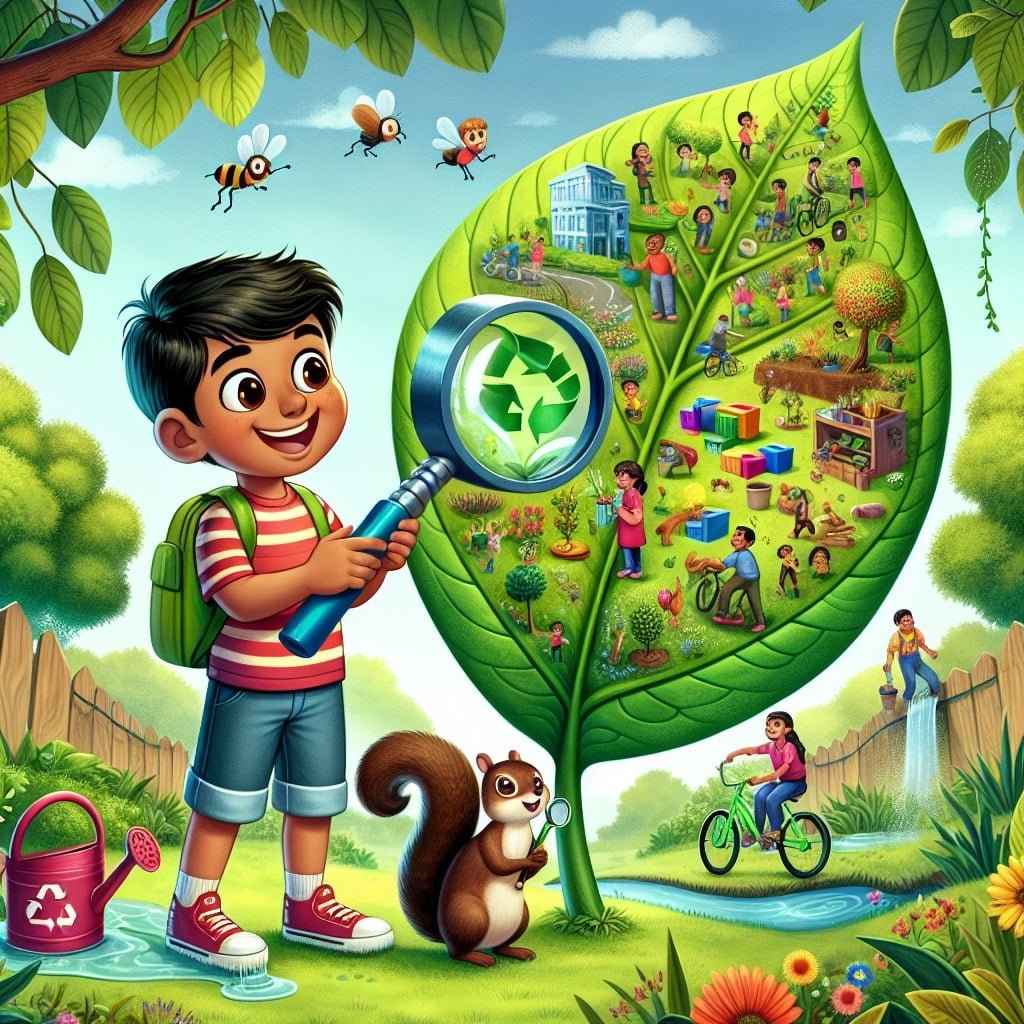Welcome to an exciting exploration of “Hurricane Facts For Kids”! Whether you are a young learner eager to understand the basics of these giant storms or an older reader interested in delving deeper into the science behind hurricanes, this blog post has something for everyone. From how hurricanes form over warm ocean waters to the classification of these powerful cyclones based on wind speeds, each fascinating fact is presented in a fun and engaging way. Discover why the eye of a hurricane is calm, how storm surges can cause flooding, and why hurricane names are chosen and sometimes retired. Join us on a journey through the world of hurricanes, where you will learn not only about their impact on local weather but also their global influence. Get ready to be amazed by the forces of nature and the science behind these incredible natural phenomena!
Hurricane Facts For Kids
1. Hurricanes are Giant Storms

For younger kids: Hurricanes are huge storms with strong winds and lots of rain.
For older kids: Hurricanes are massive tropical cyclones that can span hundreds of miles, generating intense winds and heavy rainfall, causing widespread destruction.
Detailed explanation:Hurricanes are massive tropical storms that form over warm ocean waters. They are characterized by strong winds, heavy rain, and low pressure systems. These storms can cause widespread destruction and devastation when they make landfall.
One of the key features of hurricanes is their size – they are giant storms that can span hundreds of miles in diameter. This vast size allows hurricanes to gather a massive amount of energy from the warm ocean waters, fueling their intensity and strength. The warm air over the ocean rises, creating an area of low pressure that sucks in surrounding air, causing wind speeds to increase rapidly.
Hurricanes are categorized based on their wind speeds, with Category 1 being the least severe and Category 5 being the most destructive. These storms can bring winds of over 74 miles per hour, torrential rainfall, and storm surges that can cause flooding along coastal areas.
For kids, it is important to understand the science behind hurricanes so they can be better prepared and stay safe during such natural disasters. Learning about the formation, structure, and behavior of hurricanes can help children understand why they occur and how to take precautions when one is approaching.
In conclusion, hurricanes are indeed giant storms that have the potential to cause widespread damage and devastation. By educating kids about hurricane facts, we can help them better understand these powerful natural phenomena and stay safe during hurricane season.
Hurricane Facts For Kids
2. Hurricanes Form Over Warm Ocean Water

For younger kids: Hurricanes need warm water to grow and get stronger.
For older kids: Hurricanes originate over warm ocean waters where the air rises and creates a low-pressure system, leading to the formation of these powerful storms.
Detailed explanation:One of the most important Hurricane Facts For Kids to understand is that hurricanes form over warm ocean water. This is a crucial factor in the development of these powerful storms, as the warm water acts as the primary source of energy that fuels the hurricane’s growth and intensity.
When warm ocean water evaporates and rises into the atmosphere, it creates a warm and moist environment that is conducive to the formation of thunderstorms. As these thunderstorms develop and intensify, they begin to rotate around a central area of low pressure, known as the eye of the hurricane. This rotation is fueled by the heat and energy from the warm ocean water below, which continues to provide moisture and warmth to the storm.
As the hurricane moves across the ocean, it can continue to strengthen as long as it remains over warm water. Once a hurricane moves over cooler water or onto land, it begins to lose its source of energy and will eventually weaken and dissipate. This is why hurricanes tend to lose strength as they move inland or away from the equator, where the ocean water is cooler.
Understanding that hurricanes form over warm ocean water is essential for predicting and preparing for these powerful storms. By monitoring sea surface temperatures and other environmental factors, scientists and meteorologists can better predict the intensity and path of hurricanes, helping to keep communities safe from these potentially destructive natural disasters. Overall, the relationship between hurricanes and warm ocean water is a key aspect of these fascinating and sometimes dangerous weather phenomena.
Hurricane Facts For Kids
3. The Eye of a Hurricane is Calm
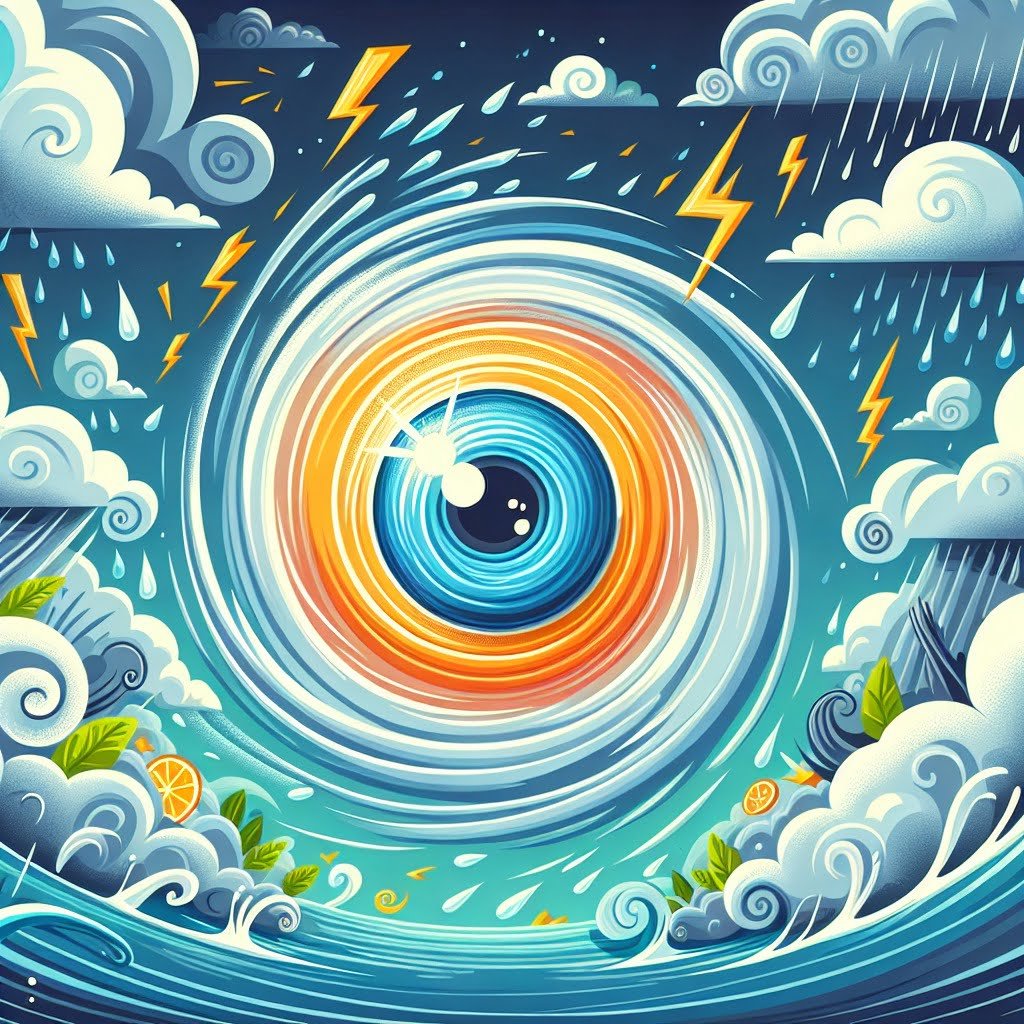
For younger kids: The middle of a hurricane is quiet and still, like a break from the storm.
For older kids: The eye of a hurricane is a region of calm weather at the center of the storm, surrounded by the intense winds and rain of the eyewall.
Detailed explanation:One fascinating aspect of hurricanes that captures the attention of both children and adults alike is the phenomenon known as the eye of the hurricane. In the midst of the chaos and destruction that a hurricane brings, there exists a surprisingly calm and tranquil center at the heart of the storm. This calm region, known as the eye of the hurricane, is a stark contrast to the fierce winds and heavy rain that swirl around it.
The eye of a hurricane is typically circular in shape and can range in size from just a few miles to over 20 miles wide. It is characterized by clear skies, no precipitation, and light winds. In fact, the winds within the eye are either calm or very light, often less than 15 miles per hour. This peaceful center is a result of the descending air within the eye, which suppresses cloud formation and allows for the formation of the clear skies that mark this unique feature of hurricanes.
For anyone experiencing a hurricane, reaching the eye may offer a brief respite from the intense storm conditions. However, it is important to remember that the eye is surrounded by the eyewall, which is the most dangerous part of the hurricane and where the strongest winds and heaviest rainfall occur. As the eye passes over a location, the calm conditions are temporary, and the powerful winds and rain will resume as the other side of the storm approaches.
In conclusion, the eye of a hurricane is a fascinating and unique feature that offers a temporary reprieve from the destructive forces of the storm. It serves as a reminder of the complex and dynamic nature of these powerful weather events.
Hurricane Facts For Kids
4. Hurricane Names Are Chosen Every Year

For younger kids: Hurricanes have names like people do, and they change every year!
For older kids: Official hurricane names are chosen annually by the World Meteorological Organization and alternate between male and female names to track storms in the Atlantic and Pacific.
Detailed explanation:One interesting fact about hurricanes is that their names are chosen every year. This naming process actually serves a practical purpose, as it helps in identifying and tracking these powerful storms more efficiently.
The World Meteorological Organization (WMO) is responsible for selecting the names of hurricanes each year. They have predetermined lists of names that are used in a six-year rotation. Each list consists of names that are specific to a region, such as the Atlantic Ocean, Eastern North Pacific, or the Western North Pacific.
The naming of hurricanes follows a strict procedure to ensure that the names chosen are easily recognizable, memorable, and do not cause confusion. The names of hurricanes are typically selected based on various criteria, including the alphabetical order, cultural significance, and the significance of the storm itself.
Using names for hurricanes also helps in raising awareness and preparedness among the public. People are more likely to pay attention to a storm with a name, rather than just a number or a technical designation. Additionally, naming hurricanes can also help in reducing confusion when there are multiple storms occurring simultaneously in different regions.
Overall, the practice of naming hurricanes plays a vital role in the effective communication and tracking of these natural disasters. It not only simplifies the process of reporting and tracking hurricanes but also helps in creating a sense of awareness and preparedness among the general public.
Hurricane Facts For Kids
5. Hurricanes Are Classified by Categories

For younger kids: Hurricanes can be different sizes, and scientists give them categories to show how strong they are.
For older kids: Scientists use the Saffir-Simpson Hurricane Wind Scale to classify hurricanes from Category 1 (weakest) to Category 5 (strongest) based on sustained wind speeds and potential damage.
Detailed explanation:When it comes to hurricanes, they are classified by categories based on their wind speed and potential for destruction. The Saffir-Simpson Hurricane Wind Scale is the most commonly used scale to categorize hurricanes. This scale ranges from Category 1 to Category 5, with Category 5 being the most intense.
A Category 1 hurricane has wind speeds between 74-95 mph and can cause minimal damage, such as broken tree branches and power outages. Category 2 hurricanes have wind speeds between 96-110 mph and can cause moderate damage, including uprooted trees and damage to roofs.
Moving up the scale, Category 3 hurricanes have wind speeds between 111-129 mph and can cause extensive damage, such as structural damage to buildings and flooding. Category 4 hurricanes have wind speeds between 130-156 mph and can cause catastrophic damage, including severe flooding and power outages that can last for weeks.
At the top of the scale, Category 5 hurricanes have wind speeds of 157 mph or higher and are considered extremely dangerous. These hurricanes can completely destroy buildings, uproot trees, and cause widespread flooding. It is important for people living in hurricane-prone areas to be aware of the different categories and to follow evacuation orders when necessary to ensure their safety.
In conclusion, hurricanes are classified by categories based on their wind speed and potential for destruction according to the Saffir-Simpson Hurricane Wind Scale. Understanding these categories can help people prepare and stay safe during hurricane season.
Hurricane Facts For Kids
6. The Strongest Winds in a Hurricane Are Around the Eye

For younger kids: The wind in a hurricane is strongest near the middle where the eye is!
For older kids: The most powerful winds in a hurricane are concentrated in the eyewall surrounding the eye, with speeds reaching their peak intensity in this region.
Detailed explanation:One of the most fascinating aspects of hurricanes, particularly for kids, is the fact that the strongest winds are typically found around the eye of the storm. The eye of a hurricane is a region of relatively calm weather and clear skies, surrounded by a wall of towering thunderstorms known as the eyewall. The eyewall is where the most intense winds and heaviest rainfall occur, making it the most dangerous part of the storm.
The reason why the strongest winds are concentrated around the eye of the hurricane has to do with the storm’s structure and dynamics. As warm air over the ocean rises and cools, it creates an area of low pressure at the center of the storm. This low pressure causes air from the surrounding areas to rush in towards the center, creating strong winds. The Coriolis effect, caused by the Earth’s rotation, then causes the air to spin around the center of the storm, forming the characteristic spiral shape of a hurricane.
In the eye of the hurricane, however, the air is descending rather than rising, which creates a region of calm weather. This calm center is often mistaken for the end of the storm, but in reality, the most dangerous winds and weather conditions are found just outside the eye in the eyewall. This is why it is important for anyone in the path of a hurricane to take precautions and seek shelter, even if the eye of the storm passes directly overhead.
Overall, understanding the dynamics of hurricanes, including the concentration of strong winds around the eye, can help kids and adults alike prepare for and stay safe during these powerful storms. By being educated about Hurricane Facts For Kids, people can better protect themselves and their families when faced with extreme weather conditions.
Hurricane Facts For Kids
7. Hurricanes Can Cause Storm Surges

For younger kids: Sometimes hurricanes make big waves called storm surges that flood areas.
For older kids: A storm surge is a rapid rise of seawater during a hurricane, leading to flooding along the coast that can be extremely dangerous and damaging to communities.
Detailed explanation:One of the most dangerous aspects of hurricanes is their ability to cause storm surges. A storm surge is a rise in sea level that occurs during a storm, and it can have devastating effects on coastal communities. When a hurricane makes landfall, its strong winds push water towards the shore, causing the sea level to rise. This can result in massive flooding, as the high water levels inundate low-lying areas near the coast.
The impact of a storm surge can be catastrophic, leading to widespread destruction of homes, businesses, and infrastructure. In addition to the flooding, the force of the water can also erode beaches and destroy protective barriers such as dunes and seawalls. This not only puts lives at risk, but can also have long-term economic consequences for affected areas.
It is important for residents in hurricane-prone regions to heed evacuation orders and take precautions to protect themselves and their property from storm surges. This may include reinforcing homes, securing loose objects, and having an emergency plan in place. Additionally, coastal communities can invest in infrastructure improvements, such as building higher seawalls and restoring natural barriers like mangrove forests, to help mitigate the impacts of storm surges.
In conclusion, hurricanes can cause storm surges that pose a significant threat to coastal areas. By understanding the dangers of these phenomena and taking proactive measures to prepare for them, we can help reduce the risk of devastation and protect lives and property during hurricane events. Hurricane Facts For Kids.
Hurricane Facts For Kids
8. Hurricane Season Peaks in Late Summer and Fall
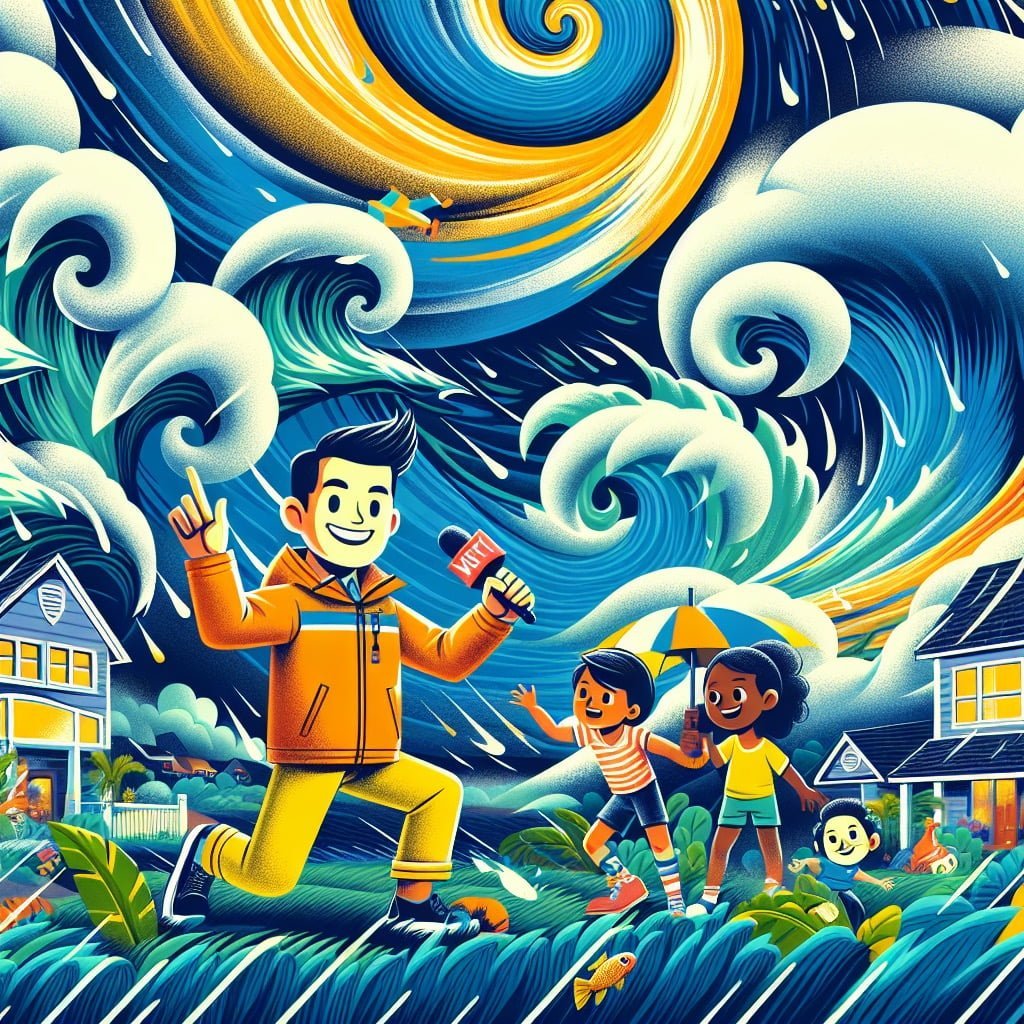
For younger kids: Hurricanes usually happen most often in late summer and fall months.
For older kids: The peak of hurricane season in the Atlantic typically occurs from late August to early October when conditions are most favorable for hurricane formation and intensification.
Detailed explanation:Hurricane season typically peaks in late summer and fall in the Northern Hemisphere, which runs from June 1st to November 30th. The reason for this peak in activity during these months is due to the warmer ocean temperatures, especially in the Atlantic Ocean and the Gulf of Mexico.
Hurricanes form over warm ocean waters, typically at least 80 degrees Fahrenheit. These warm waters provide the energy needed for the storm to strengthen and develop into a hurricane. As summer progresses, ocean temperatures continue to rise, reaching their peak in late summer and early fall. This influx of warm water fuels the development of tropical storms and hurricanes.
In addition to warm ocean temperatures, another key factor in the formation of hurricanes is the presence of moist air. This moisture in the atmosphere provides the necessary fuel for the storm to grow and intensify. During late summer and fall, humidity levels are typically higher, providing ideal conditions for hurricane formation.
Furthermore, wind patterns and atmospheric conditions during late summer and fall also contribute to the peak in hurricane activity. As the season progresses, the jet stream tends to shift, creating favorable conditions for hurricanes to form and strengthen.
Overall, the peak of hurricane season in late summer and fall is a combination of warm ocean temperatures, moist air, and favorable wind patterns. This is why it is important for people in hurricane-prone areas to be prepared and stay informed during this time of heightened activity. Hopefully, these Hurricane Facts For Kids can help children better understand the science behind these powerful storms.
Hurricane Facts For Kids
9. Hurricane Names Are Retired if They’re Deadly
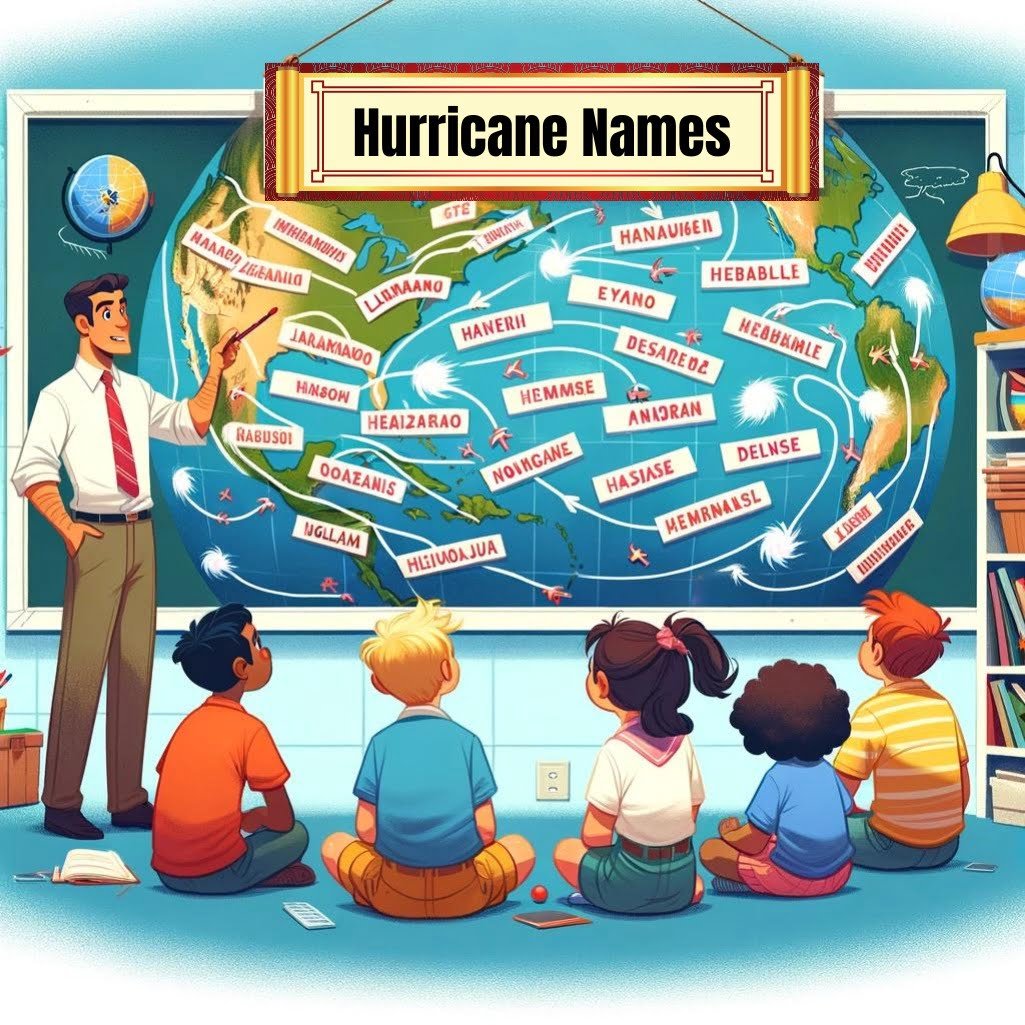
For younger kids: Some hurricane names are not used again if they caused a lot of damage.
For older kids: If a hurricane results in significant loss of life or property damage, its name may be retired from the rotation list to avoid confusion and show respect for the affected areas.
Detailed explanation:One interesting fact about hurricanes is that their names are retired if they are particularly deadly or destructive. This practice was put into effect by the World Meteorological Organization in order to honor the lives lost and prevent any confusion that could arise from using the same name for a future storm.
When a hurricane causes a significant amount of damage or results in a high number of casualties, it is deemed inappropriate to continue using that name. By retiring the name, it serves as a reminder of the impact that particular storm had on the affected regions. Additionally, it helps to prevent any negative connotations associated with the name in the future.
Retiring a hurricane name is not a decision taken lightly, as it requires careful consideration of the storm’s intensity and the extent of its impact. The list of names for hurricanes is predetermined and rotated every few years, so once a name is retired, a new name must be chosen to take its place in the rotation.
Overall, retiring hurricane names is a way to respect the communities affected by these natural disasters and acknowledge the severity of the storm. It is a reminder of the power and destructive force of hurricanes, and emphasizes the importance of preparedness and resilience in the face of such events. Hurricane Facts For Kids can serve as an educational tool to raise awareness about the impact of extreme weather events and the need for disaster mitigation strategies.
Hurricane Facts For Kids
10. Hurricanes Can Impact Weather Worldwide
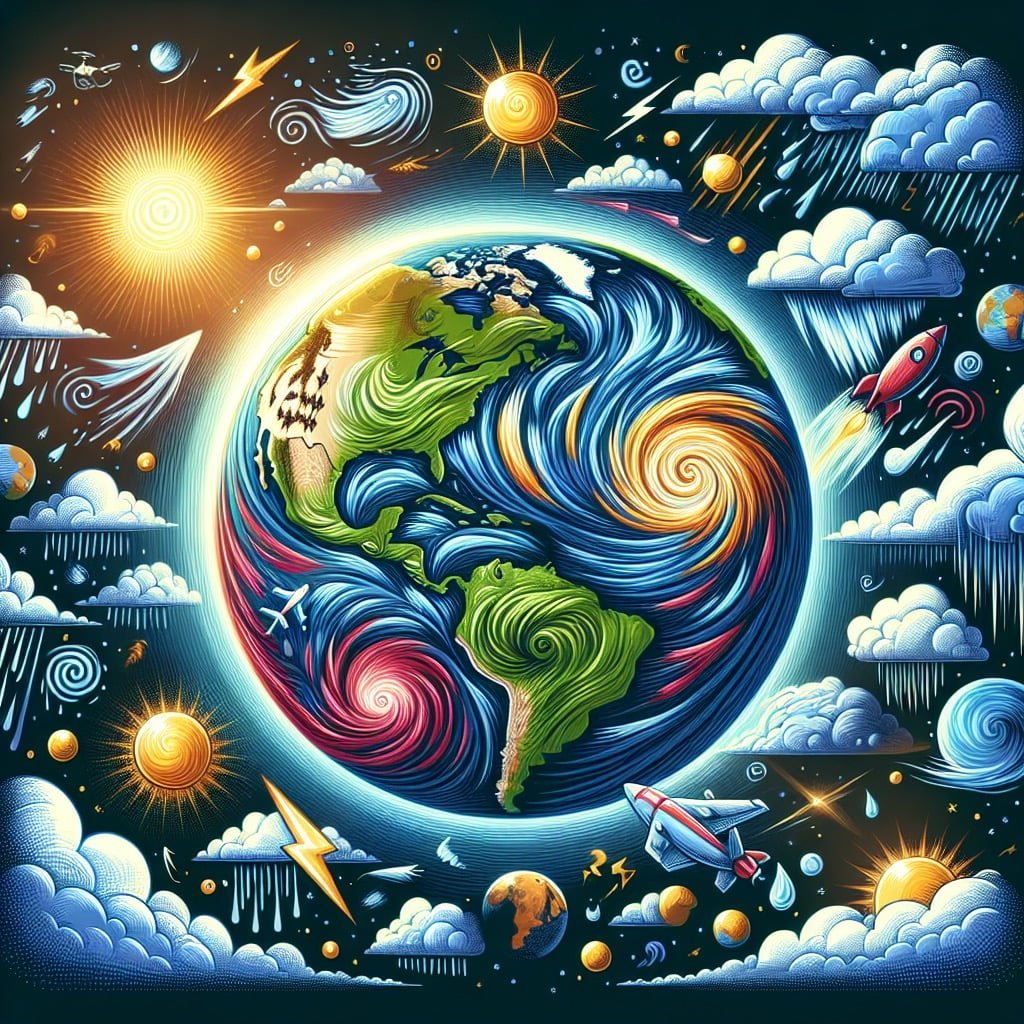
For younger kids: Hurricanes can affect the weather in different parts of the world, not just where they hit land.
For older kids: The influence of hurricanes extends beyond their immediate landfall location, impacting global weather patterns, ocean currents, and even contributing to changing climate conditions across regions.
Detailed explanation:Hurricane Facts For Kids
One fascinating fact about hurricanes is that they can impact weather worldwide. While hurricanes are typically associated with the destruction and devastation they bring to coastal areas, their effects can actually be felt far beyond the region where they make landfall.
When a hurricane forms and begins to gain strength, it can disrupt the normal patterns of the atmosphere. The intense winds and heavy rainfall associated with hurricanes can create significant changes in atmospheric pressure, temperature, and humidity. These disruptions can have ripple effects that extend far beyond the immediate vicinity of the storm.
For example, the intense winds of a hurricane can help to disrupt the jet stream, a fast-flowing river of air that flows high in the atmosphere. This disruption can then lead to changes in the path and intensity of other weather systems, such as storms and frontal boundaries, both nearby and across the globe. In addition, the heavy rainfall from a hurricane can contribute to flooding in low-lying areas, which can then impact local weather patterns and even global climate systems.
Overall, hurricanes are powerful and dynamic weather systems that can have far-reaching effects on weather patterns worldwide. By understanding the science behind hurricanes and their impacts, we can better prepare for and mitigate the consequences of these powerful storms.
Did you know?
Did you know that hurricanes are also known as typhoons or cyclones, depending on where they occur in the world?
Summary of Hurricane Facts For Kids
Are you curious about the powerful storms known as hurricanes? In this engaging blog post, you will discover fascinating facts about these giant weather systems that are sure to captivate readers of all ages. From how hurricanes form over warm ocean waters to the calm eye at the center of the storm, you will learn about the science behind these natural phenomena. Find out why hurricanes have names, how they are classified by categories, and the peak season for these storms. Delve into the global impact of hurricanes and why some names are retired due to their destructive nature. This fun and educational post is a must-read for anyone interested in learning more about hurricanes and their effects on our planet.
Sources and additional information for Hurricane Facts For Kids
WikipediaBritannicaEnvironmental Protection Agency (EPA)National Oceanic and Atmospheric Administration (NOAA)The Nature ConservancyWorld Wildlife FundEarth Day NetworkGreenpeace InternationalJane Goodall InstituteEnvironmental Protection Agency (EPA)World Wildlife Fund – ConservationNature ConservancyGreenpeaceUnited Nations Environment Programme (UNEP)Conservation InternationalEarthwatch InstituteEnvironmental Defense FundSierra Club



